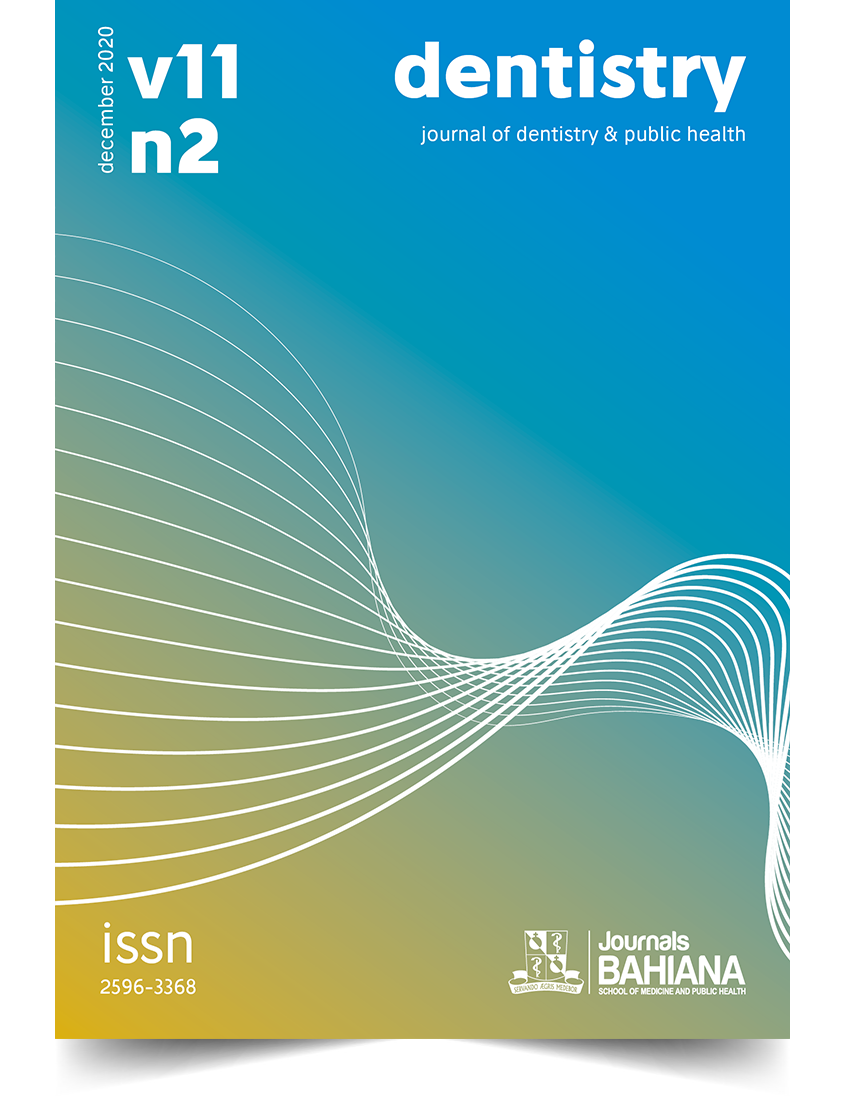The role of the IL-33-ST2 axis in the pathogenesis of periodontitis
DOI:
https://doi.org/10.17267/2596-3368dentistry.v11i2.2944Keywords:
Periodontal disease. Immune response. Cytokines. Dysbiosis.Abstract
INTRODUCTION: Periodontitis is a chronic inflammatory disease that arises from an interaction of local dysbiosis in the subgingival biofilm and the host immune response. The disease triggers an inflammatory process that can cause periodontal tissue breakdown. In addition, the production of inflammatory mediators can negatively affect other areas of the body and influence the development and/or severity of associated disorders, including asthma, diabetes and cardiovascular diseases. OBJECTIVE: Conduct a literature review to comprehensively investigate the role of ST2 and IL-33 and the contribution of the IL-33 / ST2 axis in the pathogenesis of periodontitis. METHODS: It is a narrative literature review, which used the databases Pubmed and Academic Google a total of 114 results. RESULTS: A range of immunological markers has been shown to be relevant in the immunopathogenesis of periodontitis, cytokines of the interleukin 1 (IL-1) family, such as IL-1? and IL-33. IL-33, through its ST2 receptor, appears to be involved in the development of periodontitis, acting as a molecule that signals tissue damage from infection and also emits an endogenous signal that activates the immune response and / or worsens bone resorption by activating osteoclastogenesis, either through increases in RANK-L and reduced OPG, or regardless of that pathway. CONCLUSION: The diversity of information contained in the methodologies of these studies hampers attempts to standardize and make correlations between published data, in this sense, the IL-33 / ST2 axis remains a relevant topic in investigations focused on the diagnosis and treatment of periodontal disease.Downloads
Download data is not yet available.
Downloads
Published
2020-12-15
Issue
Section
Literature Review
How to Cite
The role of the IL-33-ST2 axis in the pathogenesis of periodontitis. (2020). Journal of Dentistry & Public Health (inactive Archive Only), 11(2), 148-158. https://doi.org/10.17267/2596-3368dentistry.v11i2.2944



